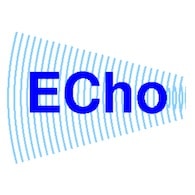Jul. 26, 2017
Cochlear Limited, the world’s largest manufacturer of hearing implants, unveiled today its brand-new Nucleus 7 Sound Processor. The new processor, which received FDA approval in June, is said to be the smallest and lightest behind-the-ear cochlear processor available. Further, the Nucleus 7 is also the world’s first Made for iPhone cochlear implant processor. With the Nucleus 7 Sound Processor, users










